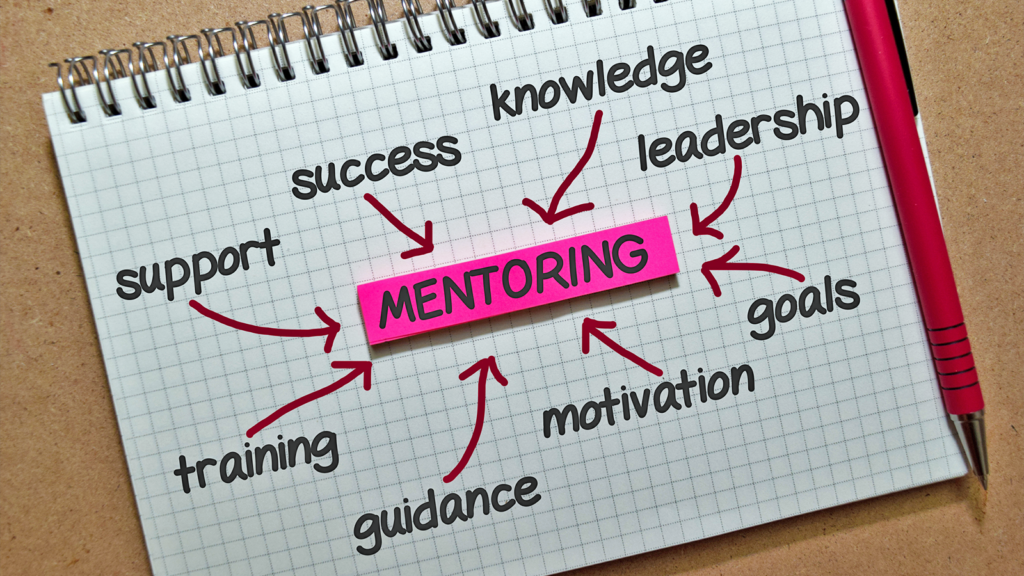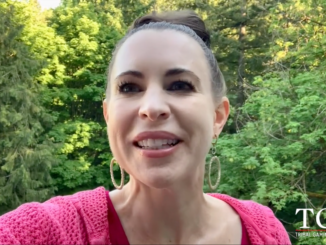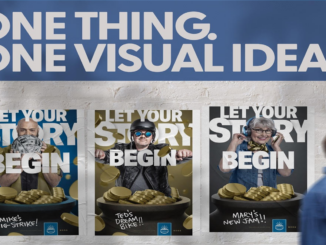Member development is critical to the future of Tribal enterprises.
Like working in any large family business, it can take a toll on the person, but with the right foundation in place, the enterprise and Tribal members can flourish for a lifetime.
Tribes are creating opportunities for their members through fast tracking, training, education, and personalized coaching.
“I’ve never been to a Tribal council meeting or operation meeting where the goal wasn’t Tribal citizen development,” said Raving CEO Deana Scott. “We do have high hopes, and it’s hard to do this work.”
Mia Tahdooahnippah and Paula Allen, Raving Partner, are two examples. Mia Tahdooahnippah, a Comanche citizen and the first female CEO of Comanche Nation Entertainment, said she didn’t know what to do in life and was pushed by her mom to work in a casino even though she wasn’t interested.
“The first day I started I absolutely loved it,” Tahdooahnippah said. “It was the bells and whistles and certain energy about the gaming floor, and it was exciting. I loved people and talking to people. That was the start of the journey. It has definitely been a dream, and I have yet to tell my mom that she was right.”
Raving partner Paula Allen, a Tribal citizen of the Jamestown S’Klallam Tribe in Sequim, Washington, has worked for her Tribal property, 7 Cedars Casino, as Director of Leadership Development and Guest Service. When Paula was 19, she managed an art gallery and next door, the Tribe’s casino was being planned. After getting to know executives, she was asked to manage a gift shop in the casino.
“It’s important to have a leadership program that adapts to the needs of the Tribe,” Allen said. “I’ve been extremely fortunate to be around a lot of strong leaders who have guided me. Being on the front line with front-line leaders helped me be as effective as I can.”
Tribal Support is Important
Scott said Allen’s career shows how her leadership team recognized she has a knack for the industry. She built a career on getting educated with a responsibility to bring it back to the Tribe.
“My girlfriend said it must feel so good to have such a supportive Tribe,” said Allen, who created a Tribal leadership program. “I am lucky I had a supportive Tribe that trusted me to take the reins. I wasn’t just doing the bare minimum. I came in with a program and solution. If you are a Tribal citizen, you have to work twice as hard to prove yourself.”
Every leadership position with Comanche Nation is held by a Tribal citizen.
Tahdooahnippah said they’re proud of the accomplishment of their executive teams with seven casinos, one hotel, six smoke shops and a warehouse business.
“It’s believing in your Tribal members,” Tahdooahnippah said. “There are many Tribal members that are very passionate about the work that they do. Do they know everything? No. They’re learning. We’re all learning. We’re on a journey together.”
The Comanches had a program for Tribal-member development that took two years. They spent three months in every department working as a front-line employee and shadowed the managers.
“We have several of our teams that went through that program and one of our general managers is a graduate of that,” Tahdooahnippah said. “It’s great because the team has worked in every department. They worked at every property too. That cross-training of departments and properties gives them first-hand knowledge. When something breaks or goes wrong, they can jump in there and do that. That’s been a huge component to placing Tribal members in their positions because they are so well rounded.”
The program is currently being overhauled to build more accountability into it, and they will be rolling out a newer version, Tahdooahnippah said.
Importance of Higher Education
Scott said these programs are important, and there has to be members understanding the operation to insure that generational continuation of the Tribal sovereignty.
Patrick Horning, a national Tribal strategic alliance executive with the University of Phoenix, works with Tribes across the U.S. Some 50% say they have a training program, but the question is do they have a successful one.
“Do they have one that’s outlined and targeted to make sure that the end recipient is successful,” Horning said. “That’s the key, and it doesn’t really matter where you are or what you are doing. There has to be an intent and an outline of what that success looks like.”
Horning said he and his Tribal liaison traveled for about two years trying to learn more about the challenges Tribes face regarding higher education.
“We get calls all the time, and many Tribal members have no clue they have educational benefits,” Horning said.
Accommodating Employees
Tahdooahnippah said Tribes need to be more accommodating with their members who work for the enterprises and want to go to college. Work schedules need to be more flexible, she said.
“We want you to go to school and get educated,” Tahdooahnippah said. “Our Tribal members win; our business wins and team members win. We have gone back to the drawing board on how we can help our team members if their dream is to go to school. We partnered with the University of Phoenix and offered not only Tribal members but any of our team members at a discounted rate for tuition. That extends to their spouse and children.”
In response, Horning stated that Tribal students progressed through their first year at ten percentage points higher than non-Tribal people. “When you look at education, you just don’t put it out there, you use it as a strategic tool,” Horning said. “We have to ask what’s the goal. If the goal is to recruit, then use it as a recruitment tool. If it’s retention, nothing works better.”
Allen said the Tribal government needs programs to ensure the citizen is at the level they want to be. If they are not there, then it’s their responsibility to help develop them to the next level.
“A critical part of building a successful program is you have to be committed,” Tahdooahnippah said. “There is full support for the cost. We spend it on remodeling for the latest and greatest system. We spend so much money on those things every day, but there was never any work on the internal side. That’s something we’re trying to do now with both.”




